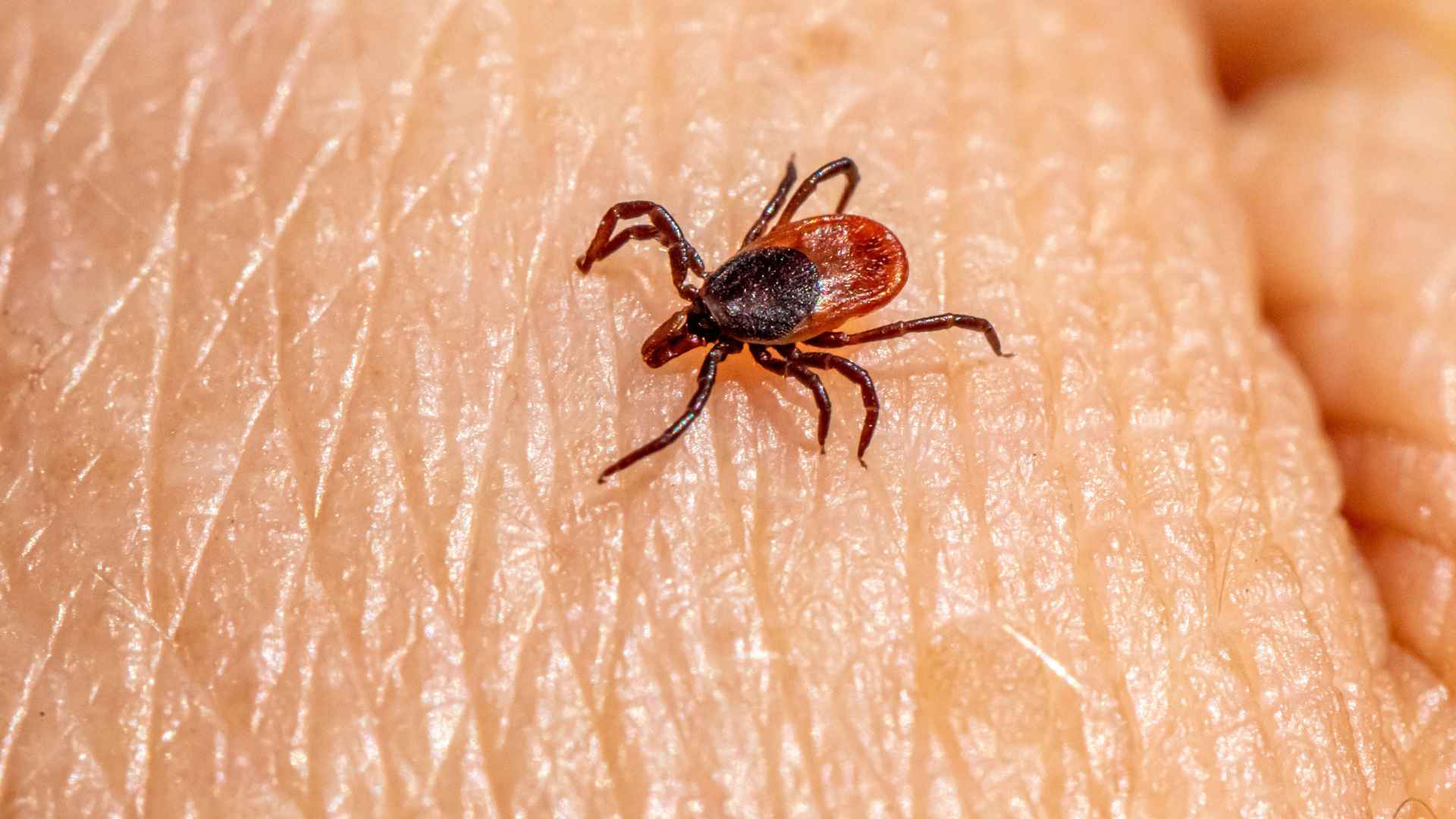Alpha‑Gal Syndrome can linger for up to two years; CDC warns warming climate is pushing the aggressive tick into new states.
A fast‑moving insect no bigger than a sesame seed is reshaping American dinner plates. Public‑health officials say bites from the lone star tick are now triggering Alpha‑Gal Syndrome (AGS) in an estimated 450,000 people a year, leaving many unable to stomach beef, pork or dairy for months—and sometimes years—after a single outdoor stroll.
Climate‑driven expansion of lone star ticks heightens allergy risk nationwide
Once confined to the Southeast, Amblyomma americanum has tracked warmer winters as far north as Maine and west into the Plains. That wider habitat means more hikers, gardeners and hunters are crossing paths with the tick’s aggressive bite. The saliva carries a sugar molecule—galactose‑α‑1,3‑galactose—that the human immune system mistakes as an invader, priming the body to overreact the next time it meets the same molecule in red meat. Scary, right?
| Key fact | Detail |
|---|---|
| Suspected U.S. cases | Roughly 110,000 reported 2010‑2022; CDC models up to 450,000 annually |
| Core trigger | Lone star tick bite delivers galactose‑α‑1,3‑galactose (Alpha‑Gal) |
| Typical duration | Symptoms may persist 12–24 months, occasionally longer |
| High‑risk regions | Southeast, Midwest and, increasingly, Atlantic and New England states |
| Peak season | Late spring through early fall |
Many patients report hives, nausea or dizziness four to six hours after a steak dinner. In severe cases, breathing may become difficult and anaphylaxis can follow.
What to watch for if red meat suddenly makes you feel ill
Symptoms vary, but doctors advise anyone who breaks out in welts or stomach cramps after eating animal products to seek an allergist’s test for Alpha‑Gal antibodies. Feeling fine today? Great—but did you spray your ankles with repellent before yesterday’s picnic? A delayed reaction means the link to a tick bite is easy to miss.
- Common early warnings:
- Itchy rash or hives on arms and torso
- Gastrointestinal upset, including vomiting
- Swelling of lips or eyelids
- Shortness of breath or dizziness
Never ignore rapid throat tightening; dial 911 immediately.
Simple steps that can slash your chances of a tick encounter
The lone star tick doesn’t wait politely on tall grass—it charges. Therefore, experts suggest long pants tucked into socks, EPA‑registered repellents containing 20–30 percent DEET, and a full‑body check after outdoor activities. Once home, toss clothes in a hot dryer for ten minutes; that quick blast kills stragglers.
Consequently, prevention remains the only “cure.” No vaccine exists, and while most people outgrow AGS within two years, repeat bites can reset the clock. Takeaway? Stay vigilant, gear up before heading outside and keep an eye on your plate afterward.

